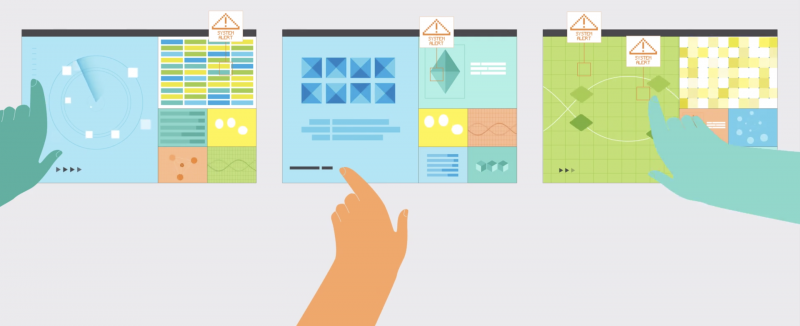Government security personnel must achieve greater visibility and understanding of their networks if they’re going to safeguard their enterprise. But given the challenges of isolated networks, that can seem nearly impossible. With so many disconnected systems spread across a complex network, how can security teams achieve that level of visibility?
The answer lies in applying automation and orchestration to government networks.
Let’s define each of these terms, and then we’ll explain how they can help security teams achieve greater visibility into their networks together.
First is automation. Automation is the creation or use of technology to perform repeatable tasks that were previously performed by humans. For instance, automation can be applied to two or more systems to enable them to share data via a predetermined cycle.
Orchestration builds on automation. It encompasses connected automated technologies executing proven processes while providing skilled personnel with actionable information. Just as in a symphony wherein an orchestra director uses sheet music to turn individual instrument performances into harmonious music, organizational security teams use playbooks to orchestrate automated preventative and response actions much faster and at a larger scale than humans alone may achieve.
In the case of network security, both automation and orchestration are necessary.
Automation can connect disparate technologies in an agency so that they are integrated and sharing data. But to effectively orchestrate such a large number of systems, including non-traditional applications such as the Internet of Things (IoT) and mobile devices, IT staff will need to leverage automation. Automation takes out the time-intensive, complicated and error-prone work associated with manual orchestration.
Automation and orchestration can get all those disconnected agency systems talking to each other – sharing data and creating a holistic picture of what’s happening across the network. Then, security personnel can get centralized visibility into all that data to identify and prioritize critical threats based on the context.
Together, automation and orchestration help agencies take a step forward in terms of gaining rapid network visibility and enhancing their security posture.
But it’s not the final step.
With automation, security departments now have access to a new wealth of data from myriad systems. But where is all that information being collected? Who can see it? How are security personnel correlating and analyzing it?
While automation and orchestration solve the problem of disconnected systems, they don’t necessarily help teams consolidate and analyze the information. That’s why many agencies find it necessary to leverage a platform to consolidate, integrate and normalize their diverse networks and data. This will help agencies aggregate data in a single place to get single-pane-of-glass visibility.
This article is part of GovLoop’s recent course created in partnership with Infoblox and Red River, “Make Your Cybersecurity Strategy a Winning One.” Access the full course here.





Leave a Reply
You must be logged in to post a comment.